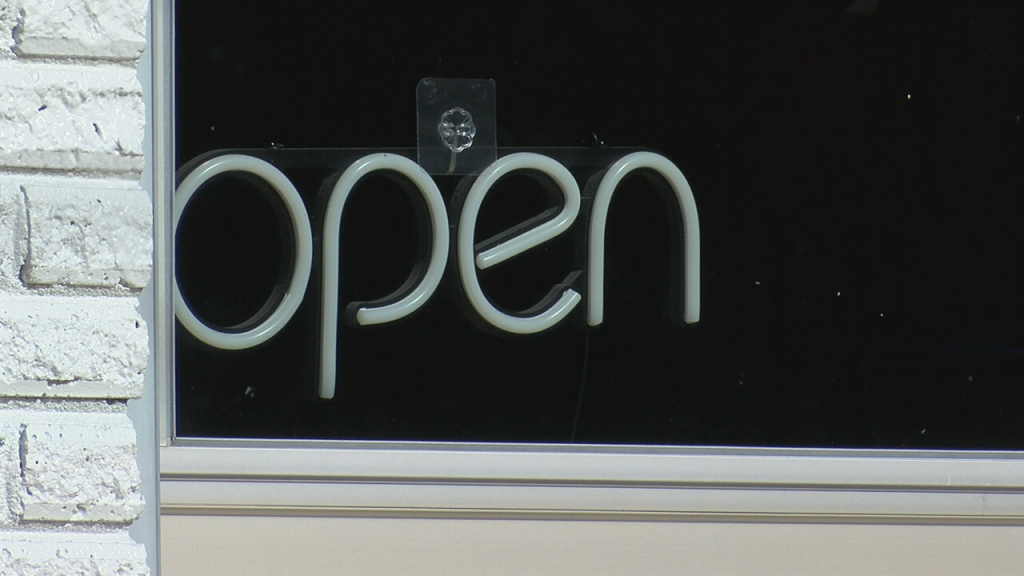Health Department says mercury in Myrtle Grove gym floor posed no threat
Local health officials have completed the testing of mercury vapor levels of the gymnasium floor at Myrtle Grove Middle School and have determined that the levels are below the Minimum Risk Level (MRL) established by the Agency for Toxic Substances and Disease Registry (ATSDR). This report confirms that the levels of mercury vapor from the floor would not cause any health risks.
May 19, 2010
To: Bill Hance
New Hanover County Schools
6410 Carolina Beach Road
Wilmington, NC 28412.
Dear Mr. Hance,
On May 16th, Rick Scott an Industrial Hygiene consultant with PHRST 1 performed air monitoring in Myrtle Grove Middle School for mercury vapor in the school gymnasium. It was learned that the flooring in the gymnasium was constructed with material that contains mercury that may be released into the environment. We have heard of several other schools in North Carolina schools with similar flooring and have been involved in evaluation of a couple of locations. The monitoring of the Myrtle Grove Middle school was performed using the LUMEXTM mercury vapor analyzer (current calibration good until July, 2010). The EPA protocol (EPA Mercury Field Operations Guide) was followed together with suggestions by David Lipton, CIH from the North Carolina Division of Public Health, for monitoring the school.
Attached is the risk assessment that was performed on the sampling. Mercury levels were detected in the gymnasium based on air sampling. The levels were compared to the Agency for Toxic Substances and Disease Registry (ATSDR) Minimum Risk Level (MRL) for mercury vapor based on a 24 hour per day seven day per week exposure. The ATSDR MRL for mercury is 0.200 micrograms per cubic meter of air (ug/m3 ). A MRL is the concentration of a substance in air that is unlikely to produce adverse health effects based on a continuous exposure over a person’s lifetime. The MRL does not indicate a threshold level above which toxic effects are likely to occur, but rather provides a trigger or screening level to suggest to public health officials that a closer examination of the potential exposure may be warranted.
We were told that each student has up to 18 weeks of physical exercise (PE), 5x a week for 45 minutes a day – per year. We based our risk assessment on an even larger exposure of 1 hour per day for 5 days per week exposure. Based on an average concentration in the gym of 0.76 ug/m3 and a standard deviation of 0.09 ug/m3, our calculations show that students are exposed up to 0.023 ug/m3 per week. This is about 10% of the weekly exposure limit based on ATSDR’s conservative MRL of 0.200 ug/m3 for 24 hr per day 7 day a week chronic exposure.
We also looked at a teacher or other staff exposure of 7 hours of daily exposure for 5 days a week. Their exposure (up to 0.171 ug/m3) is still less than the ASTDR conservative MRL value of 0.200 ug/m3 .
Therefore based on the measurements that were obtained on May 16th, we find no evidence that students or staff is being exposed to levels of mercury vapor from the gymnasium that would cause adverse affects.
If you have any further questions, please feel free to call me at 919-707-5900.
Sincerely.
Ricky Langley MD MPH
David Lipton MSPH CIH
Mercury levels were monitored in the gym using a Lumex™ Mercury Vapor Analyzer. Measurements were obtained at 5 locations once per hour for eight hours with the following results.
time #1 #2 #3 #4 #5 Average Average surface
μg/m3 μg/m3 μg/m3 μg/m3 μg/m3 μg/m3 Temp (°F)
12:15 0.70 0.60 0.70 0.60 0.70 0.66 74.50
13:15 0.80 0.70 0.80 0.80 0.80 0.78 75.00
14:15 0.70 0.60 0.70 0.60 0.60 0.64 76.10
15:15 0.70 0.70 0.70 0.70 0.70 0.70 76.20
16:15 0.70 0.70 0.80 0.80 0.70 0.74 76.50
17:15 0.80 0.70 0.80 0.90 0.80 0.80 76.60
18:15 0.80 0.90 0.90 0.80 0.80 0.84 76.90
19:15 0.80 1.00 1.00 0.90 0.90 0.92 77.50
Average 0.75 0.74 0.80 0.76 0.75 0.76 76.16
Std Dev 0.05 0.14 0.11 0.12 0.09 0.09
The ATSDR Minimum Risk Level for mercury vapor is 0.200 μg/m3 as a 24 hour per day seven day per week (168 hour) exposure.
For a worst case scenario, assume that students are in the gym 1 hour per day, 5 days per week (5 hours). The Children’s Weekly Gym Exposure (CWGE) would be equal to:
CWGE = (0.76 μg/m3) (1 hour/day)(5 days/week) = 0.023 μg/m3 /week.
(7 days/week) (24 hours/day)
Using a standard deviation of 0.09 μg/m3 , the concentration range would be between 0.019 μg/m3 /week and 0.025 μg/m3 /week or between 9.5% and 12.5% of the weekly exposure limit.
If an assumption is made that staff are in the gym 7 hours per day, 5 days per week day (35 hours), then the Staff Weekly Exposure would equal:
SWGE = (0.76 μg/m3 )(7 hours/day)(5 days/week) = 0.158 μg/m3 /week
(7 days/week) (24 hours/day)
Using a standard deviation of 0.09 μg/m3 , the concentration range would be between 0.139 μg/m3 /week and 0.171 μg/m3 week, or approximately between 71% and 86% of the ATSDR MRL value.
There appears to be some small increase in the mercury levels during the sampling period. The surface temperature of the gym floor also appears to have risen during the monitoring period. It is our understanding that monitoring was conducted following the EPA Region 4 On-Scene Coordinators Field Operations Guide for Mercury Spills. The EPA protocol is to maintain room temperature between 75°F to 80°F, close all windows and doors, and cease all ventilation including any forced air, heating or cooling. Based on the conditions under which monitoring occurred, I do not think these changes have any effect on our assessment that mercury levels are below the ATSDR MRL.
INFORMATION FROM A NEWS RELEASE SENT TO THE WWAY NEWSCHANNEL 3 NEWSROOM…





Leave a Reply